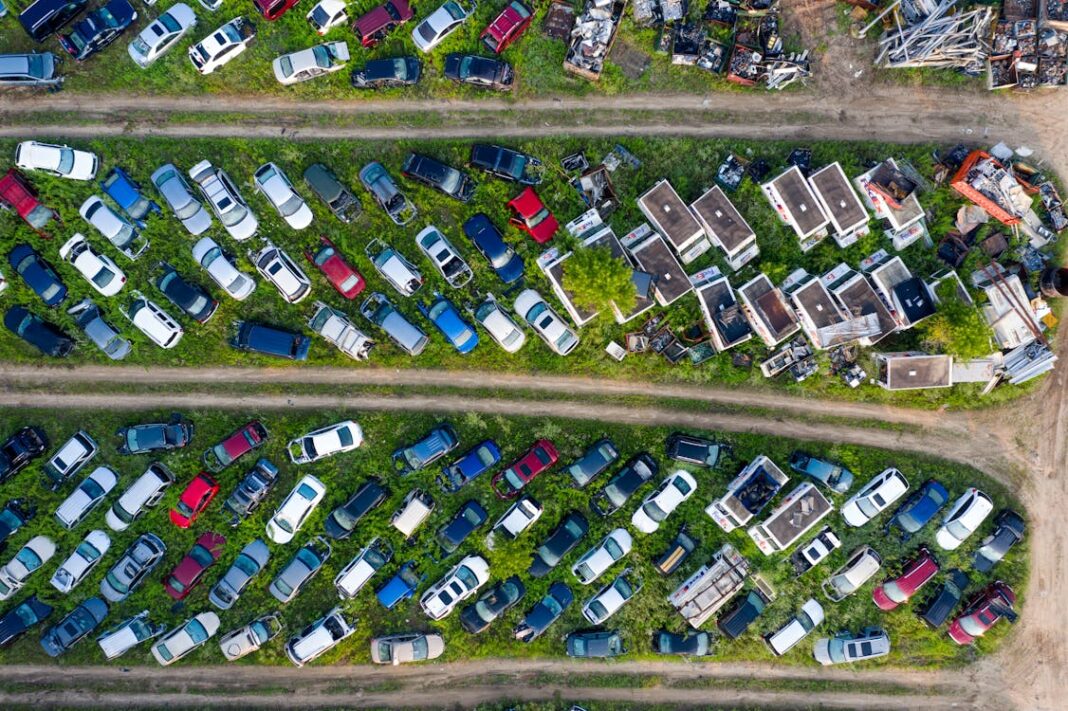Powering Sustainability: Understanding Carbon Demand in Transportation
In the quest for a more sustainable future, transportation has become a crucial area for impactful environmental change. Policymakers, businesses, and consumers alike must be able to understand and manage its carbon demand, as this sector is one of the largest contributors to total greenhouse gas emissions. This article aims to comprehend the issue of carbon usage in transportation, explore current trends and challenges, and discover innovative solutions for reducing carbon footprints.
The State of Carbon Emissions in Transportation
Transportation is a significant global emitter of carbon dioxide, responsible for about 24% of direct CO2 emissions from fuel combustion. Road vehicles account for nearly three-quarters of these emissions. Aviation and shipping also contribute much to the sector’s emissions, presenting unique challenges due to their reliance on high-density liquid fuels.
And then there’s the dependency on fossil fuels, with their long-term environmental effects prompting a worldwide reassessment of energy sources and consumption patterns.
Challenges in Reducing Carbon Demand
Yet, pivoting to a low-carbon transportation system is fraught with challenges. Firstly, the existing infrastructure heavily favors conventional vehicles powered by petrol and diesel. Considerable investment is required to develop support systems for alternative energy vehicles, such as electric and hydrogen fuel cell vehicles.
Secondly, technological limitations also play a role. While electric vehicles (EVs) are a promising alternative, issues like battery life, charging time, and raw material sourcing (like lithium and cobalt) pose challenges. Similarly, for industries reliant on heavy transport, such as shipping and aviation, finding viable alternative fuels that can match the energy density of existing fuels is still a work in progress.
Trends in Sustainable Transportation
Despite these hurdles, there are encouraging developments towards cutting back on carbon requirements in the transportation sector. Electric vehicles are gaining market share, supported by improvements in battery technology and a growing network of charging infrastructure. Governments worldwide are also incentivizing EV adoption through subsidies and tax benefits. These accelerate the transition away from traditional combustion engines.
In addition to electrification, biofuels present an equally viable avenue for mitigating carbon emissions in transportation. Biofuels come from organic materials such as crops, agricultural residues, or algae and can be used to power vehicles in place of traditional fossil fuels. These fuels are carbon-neutral since the CO2 emitted during combustion is offset by the CO2 that’s absorbed during plant growth. However, this fuel type should be produced sustainably to avoid adverse environmental impacts such as deforestation or competition with food crops.
Another exciting trend is the revival of public transportation. Today, cities are ramping up their investments in greener, more efficient transit systems to reduce the number of private vehicles on the road. Advances in digital technology also enable smarter urban planning, optimizing routes for enhanced traffic flow.
The concept of ‘mobility as a service’ (MaaS) is also redefining norms. By integrating transport’s various forms into a single accessible on-demand service, MaaS encourages people to opt for the most efficient and least carbon-intensive modes of travel.
Breakthrough Innovations Driving Change
Beyond finding new energy sources, innovation in transportation is about enhancing the efficiency of existing systems. Leveraging high-quality casters and running gear for aviation transportation exemplifies this approach. Such investments promote sustainability by improving operational efficiency. This leads to lower fuel use, resulting in fewer emissions and a reduced environmental footprint. Sophisticated materials and engineering extend the life of aircraft components and contribute to lighter and more optimal aircraft designs.
Furthermore, emerging technologies that offer real-time insight into carbon credit demand months before official data are transforming environmental management in the sector. This capability allows companies and regulators to proactively anticipate market fluctuations and adjust strategies rather than reacting to outdated information. As a result, stakeholders can optimize their operations to take full advantage of carbon trading markets, aligning economic activities with environmental goals.
Policy and Consumer Action
Governments are instrumental in establishing regulations, incentives, and standards that promote the adoption of low-carbon transportation solutions. By implementing emissions standards, fuel efficiency regulations, and investment in public transit infrastructure, policymakers can create an environment conducive to sustainable transportation practices.
Additionally, consumer behavior also shapes the demand for sustainable transportation options. Increased awareness of the environmental impact of transportation choices and consumer preferences for eco-friendly products and services can drive market demand for low-carbon transportation alternatives. By opting for electric vehicles, backing public transportation initiatives, and promoting sustainable transportation policies, individuals can combat transportation carbon emissions.
Looking Ahead
As the world grapples with climate change and environmental degradation, the imperative for sustainable transportation solutions becomes increasingly urgent. From technological innovations to policy interventions and consumer action, a multifaceted approach is needed to effectively address the carbon demand in transportation.
By correctly assessing carbon and embracing innovative solutions, stakeholders can work cohesively to create a more environmentally responsible transport system. Through consistent and collective efforts, we can power through and pave the way for a greener future for the planet and all its inhabitants.
